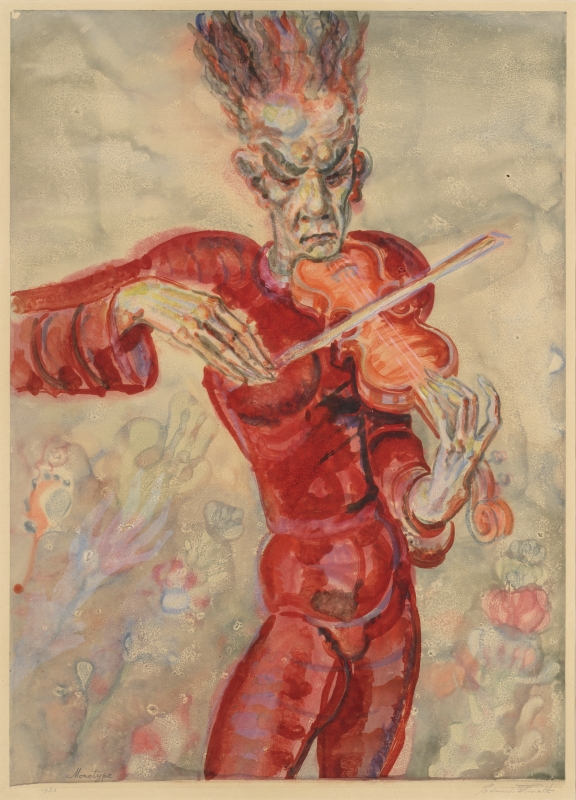Shifting identities

Tuglas argued that the beginning of the 20th century was only the first phase of emancipation in Estonia, a time when new social layers and identities were as yet insufficiently differentiated. On the one hand, he is a first-generation urban intellectual, who cannot rid himself of the racial traits of the peasant, which in the racial hierarchies of colonialist theories were subsumed to primitive „wildness“; on the other, he recognises himself as a metropolitan decadent artist. It has long been argued that in decadent literature and art there are not only weak, feminised (often homosexual) male or female characters, but also strong, (partly) masculinised women, frequently referred to as a “new women”, and (at least apparently) extremely “masculine” men, both often similar to the Nietzschean over(wo)man.
In the context of peripheral small cultures, how and to what extent does the simultaneity of these contradictory identities evoke the individualisation characteristic of so-called upstart culture? Do the figures of femininity and masculinity that express gender and sexuality differ, and if so, to what extent? We will ask whether it is possible to distinguish between feminine and masculine primitivism; how does this problematic connect with Nietzschean misogyny and Weininger’s sexism. The latter has been extensively studied with respect to Estonian culture of the period. What combinations of a young, immature nation and an old, overripe Europe are generated through these mixtures of identities, and to what extent are they traceable in art? In addition to different fictional identities, we are also interested in the subject position of actual artists and writers, e.g. in the contexts of the 1905 events, the progress of urbanisation, leftist revolutionary activism (including advocacy of women’s emancipation) and the construction of ideas of the nation and the nation-state. When and under what circumstances were specific identity choices made? Since in the small Baltic and Nordic countries, creative people tended to identify themselves with a region, we consider the question of which discursive lines were used to construct such a Nordic identity.
Read a richly illustrated overview about a talk Collaborative Practices between Visual Art and Literature in Estonia at the Beginning of the 20th Century during which Tiina Abel, Mirjam Hinrikus and Jaan Undusk shed light on the creative ties between decadent-modernist artists and writers and opened the cultural backgrounds of their oeuvre.